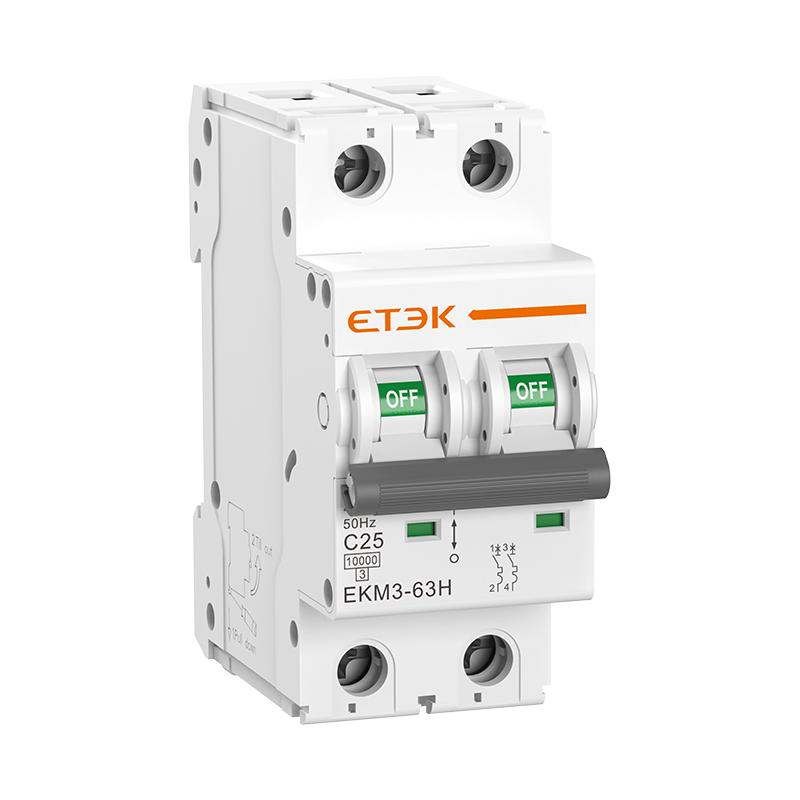What is MCCB Used for?

MCCB stands for Molded Case Circuit Breaker.
MCCB is a circuit breaker used in power distribution systems to protect against overcurrent and short circuits. MCCBs are designed for higher current ratings and are commonly used in commercial, industrial and residential environments.
The MCCB consists of a molded housing that houses the internal components of the circuit breaker. The casing is made of an insulating material such as molded plastic or epoxy to provide protection and containment for the operation of the circuit breaker.
How does MCCB work?
MCCB (Molded Case Circuit Breaker) works on the principle of electromagnetic and/or thermal tripping mechanism. Here is a general overview of how MCCB operates:
1. Normal operation
During normal operation, the MCCB allows current to flow through the protected circuit.
The contacts within the MCCB remain closed and current flows uninterrupted.
2. Overload protection
(1) Current is too large
The thermal trip mechanism operates if an overload occurs, for example when the current exceeds the rated capacity of the circuit.
(2) heating up
Inside the MCCB, the bimetal heats up due to increased current flow.
(3) Trip
As the temperature rises, the bimetal bends or deforms, triggering a tripping mechanism once it reaches a critical point.
3. Short circuit protection
(1) Short circuit occurs
If a short circuit or high level of fault current occurs, the magnetic tripping mechanism operates.
(2) Generate strong magnetic field
Sudden current surges can generate strong magnetic fields in MCCBs.
(3) Open the contact
This magnetic field exerts a force on the trip mechanism, causing it to release and open the contacts.
4. Trip operation
(1) Disconnect the circuit
When a thermal or magnetic trip mechanism is activated, it opens the circuit.
(2) Separate contact
The trip mechanism releases the latch, allowing the MCCB's operating mechanism to rapidly disengage the contacts.
(3) Cut off the power
This separation interrupts the flow of electricity, effectively cutting power to the protected circuit.
5. Reset
After the tripping operation, the MCCB needs to be manually reset to restore power to the circuit.
This usually involves physically moving the operating mechanism to close the contacts again.
What does the electronic trip unit do?
Some MCCBs also incorporate electronic trip units that provide enhanced protection and additional functionality.
These electronic trip units provide precise monitoring, adjustable trip settings, and communications capabilities for advanced circuit protection and system monitoring.
In conclusion
MCCB provides reliable overcurrent and short-circuit protection by using a combination of thermal and magnetic trip mechanisms.
MCCBs are designed to quickly and safely interrupt the flow of electricity when abnormal conditions occur, protecting circuits and equipment from damage.





.jpg)





